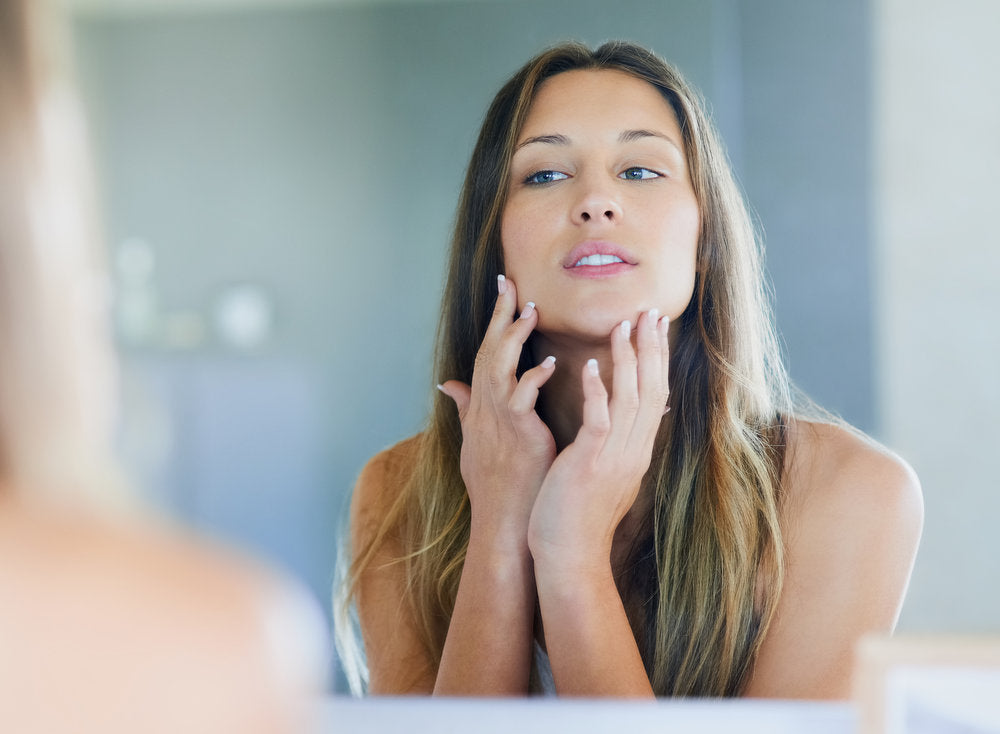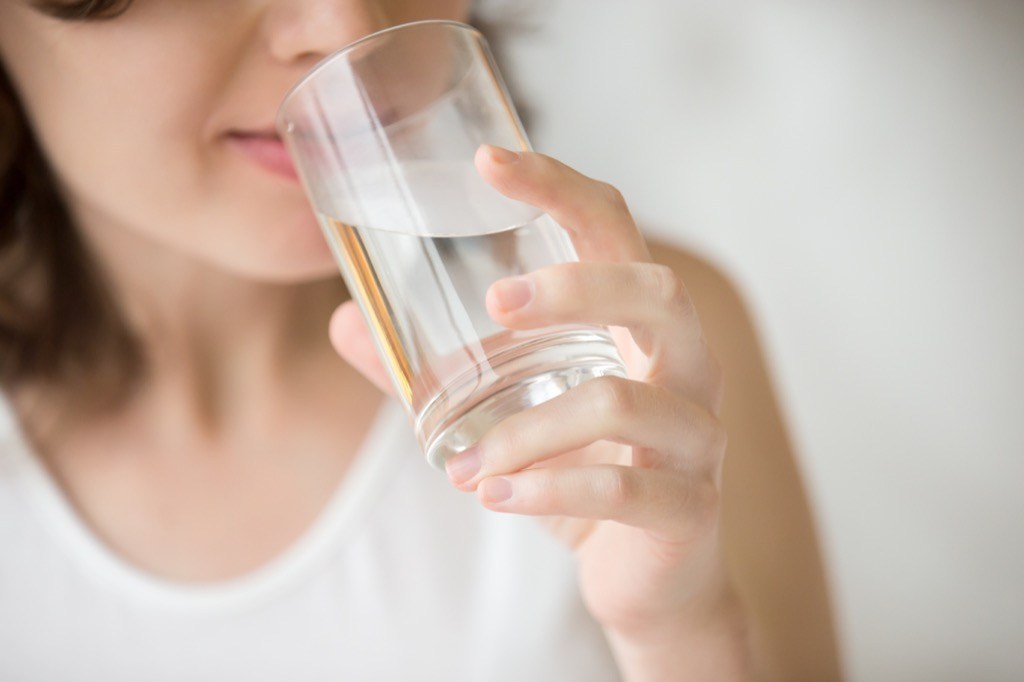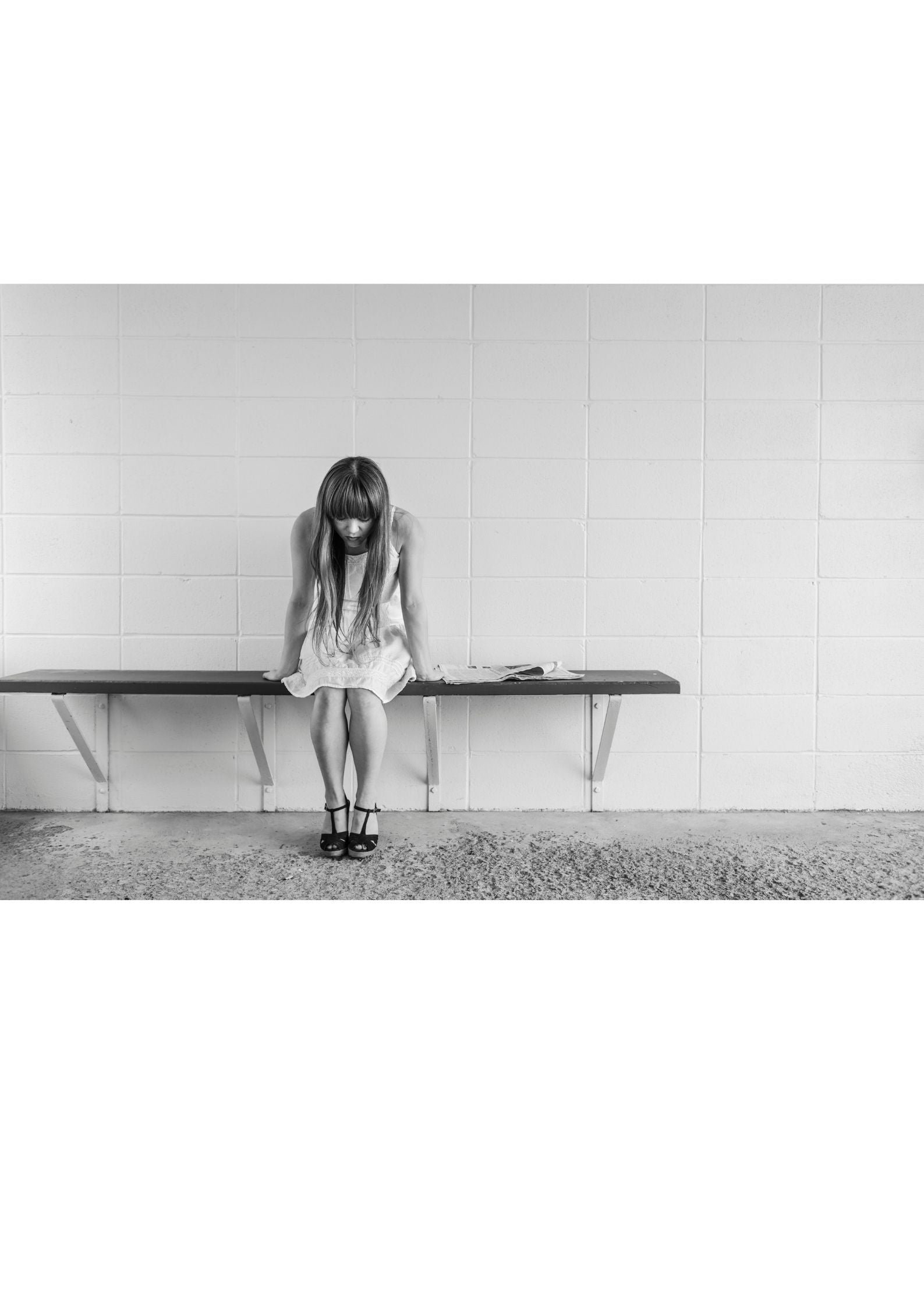How To Treat 6 Different Types of Acne

1: Types of comedonal acne:

Blackheads (open comedones)
What they are: Blackheads are perfect examples of comedonal acne. They are caused by clogged pores and excess oil production as a result of hormonal changes. The top of the pore stays uncovered, exposed to the air, while the rest of it is clogged. This causes the clogged pore to oxidize resulting in their characteristic dark color that can be seen on the surface of the skin.
How to treat them: In order to remove the plug that caused a blackhead, extractors can be used. However, only trained skincare professionals and dermatologists should attempt to deal with this in order to avoid the further spread of bacteria. Over-the-counter retinol and salicylic acid can also be used to prevent pores from getting blogged and to encourage cell turnover.

Whiteheads (closed comedones)
What they are: Whiteheads are another example of comedonal acne. They occur when the pore gets blocked by a thin layer of skin caused by dead cells, debris, or sebum. Whiteheads create a white, round bump on the skin. They shouldn’t be popped as the spread of acne-causing bacteria results in more acne, and may also result in scarring. While they can be caused by multiple factors, the most common include a buildup of oil, pollution, dead skin cells, and of course, hormonal changes.
How to treat them: In order to prevent whiteheads, exfoliation is key so that the skin is not covered with a layer of dead cells that block the pores. Furthermore, cleansing in the morning and evening with a cleanser containing salicylic and glycolic acid can do wonders for the skin. Retinol can also help unclog pores.
2: Types of inflammatory acne:


Papules
What they are: Papules are small, red, painful bumps that appear in clusters all over the skin and feel hard. Unlike pustules, papules are not filled with pus.
How to treat them: These can be treated with antibiotics, or benzoyl peroxide, topical treatments, or by washing your face with an acne face wash that contains salicylic acid. This will prevent extra debris from accumulating on your skin.
3: Types of Nodular acne:

Nodules
What they are: Nodules are acne blemishes that are caused when clogged, swollen pores get further inflamed and grow larger. These penetrate deep into the skin and tend to leave marks as they heal. If not treated properly, they can stick around for weeks or even months.
How to treat them: Since nodular acne cannot be treated at home, prescription medication and dermatological help are recommended. The sooner you start treatment, the fewer chances of permanent scarring! Using a retinol will help with cell turnover, while AHA and BHA exfoliants will help keep the pores clean.

Cystic acne
What it is: Cystic acne is another form of nodular acne. Most people over the age of 13 know what cystic acene looks like and feels like. Cystic acne causes big, red, painful bumps on the skin that if left untreated, eventually harden. It is most common amongst teens, and can also be genetic. However, in adults, it is caused by an imbalance of hormones. If you wake up one morning and find some cystic acne on your skin, make sure not to poke or pop it as this will lead to scarring.
How to treat it: Oral antibiotics, cortisone injections, red light therapy, retinoids, and birth control pills are all used to tackle cystic acne. Unlike milder forms of blemishes, cystic acne cannot be waited upon. It requires instant dermatological attention so that you may start a regimen tailored to your needs.
4: Hormonal acne:
 What it is: If you notice your skin breaking out only around the time of your menstrual cycle, it is safe to assume that this kind of acne is hormonal. It is caused by fluctuating (sex) hormones such as progesterone which results in excess oil production on the skin. You may notice that hormonal acne tends to flare up around the chin and the jawline.
What it is: If you notice your skin breaking out only around the time of your menstrual cycle, it is safe to assume that this kind of acne is hormonal. It is caused by fluctuating (sex) hormones such as progesterone which results in excess oil production on the skin. You may notice that hormonal acne tends to flare up around the chin and the jawline.
How to treat it: Since hormonal acne shows up around the time of your monthly cycle, it is advised to stay extra vigilant and look out for excess oil production. Make sure to cleanse your face and exfoliate regularly using our Glow Toner which contains a gentle percentage of glycolic acid that will encourage cell turnover. Moreover, make sure to avoid oil-based products and if you notice a bad phase of hormonal acne, it is advised to prescription-strength topical medicines or birth control pills that can aid with hormone fluctuations.
5: Acne mechanica:

What it is: This kind of acne is common among athletes. It occurs due to heat, friction, persistent pressure against the skin, wearing sweaty sports gear or damn workout clothes. All these cause irritation and excess production of oil, that eventually lead to breakouts.
How to treat it: This type of acne can be prevented by taking a shower immediately after working out or sweating and by not wearing clothes that are too fitted or are made from synthetic material. Instead, switch to breathable, looser fit attire so that your body is at peace! Moreover, your face isn’t the only part that needs to be exfoliated. A benzoyl peroxide-based body wash will help exfoliate the skin, preventing future breakouts. Remember, not showering after a heavy work out may also lead to fungal infections!
6: Fungal acne:

What it is: Fungal acne is a common skin condition that is often misdiagnosed as regular acne. It is caused by an overgrowth of yeast that is already present in the hair follicles. It arises in the form of scattered red and itchy follicular papules and may appear on the back, chest, arms, and neck. If not taken care of, it may become pustular. Sweat and excess sebum can worsen fungal acne. If you notice that your skin is not responding to the skincare products you normally use to treat acne, and if the acne results in itchy skin that burns to the touch, it is safe to presume that you have fungal acne.
How to treat it: How you choose to manage fungal acne depends greatly on the severity of your breakouts. Since it is caused by an imbalance of yeast in your skin, simple skincare changes may bring about the desired result. Anti-fungal agents, oral therapy, and acne medications combined may help treat the most stubborn bits of fungal acne. However, make sure to consult with a dermatologist in order to discuss further treatment options.
The bottom line:
When it comes to dealing with acne, patience is key. Some treatments take months to show the slightest bit of improvement, while some work instantly. However, it is important to follow your dermatologists’ advice and not leave medication half-way. Remember, it gets worse before it gets better. Some topical acne medications may have side effects like dry skin or dry lips so it is important to not go overboard. Using too many acne products can also result in dry, flaky skin. While identifying the type of acne you may be experiencing is important, it is also advised to take a professional opinion as some skin conditions cause symptoms similar to acne that can be misdiagnosed. These include folliculitis, keratosis pilaris, milia, rosacea, sebaceous filaments, and sebaceous hyperplasia. Sometimes, expert treatment is the only way your acne can disappear!




Comments